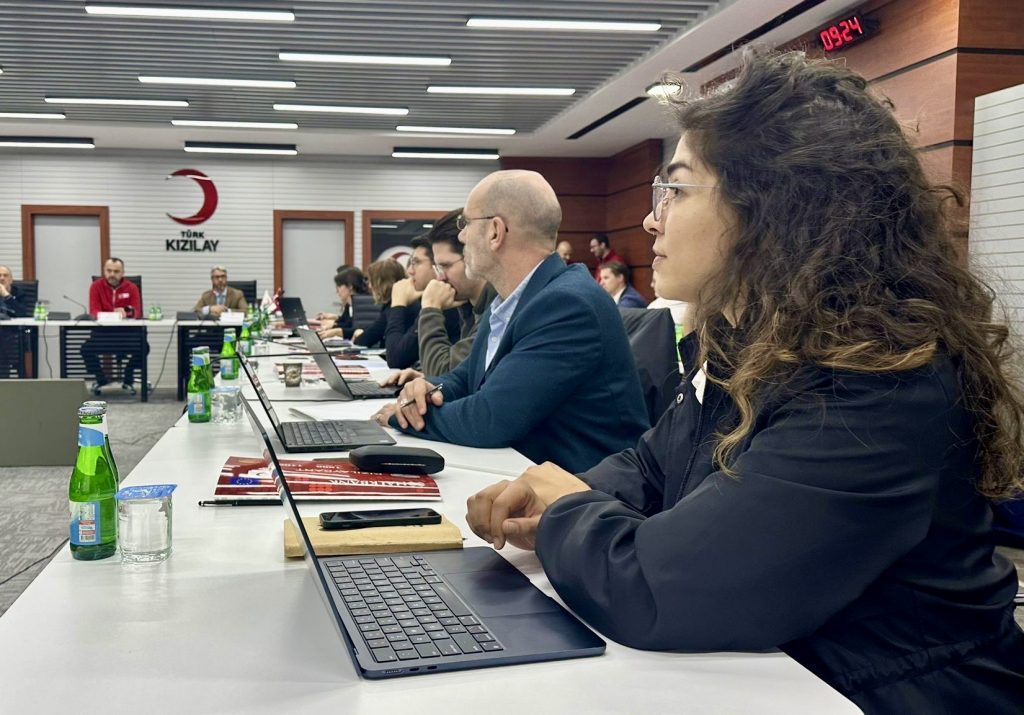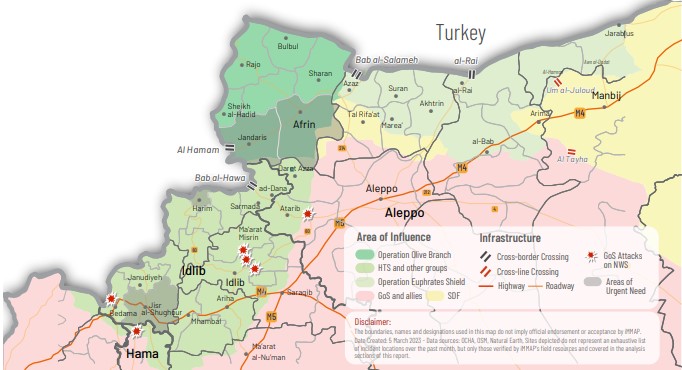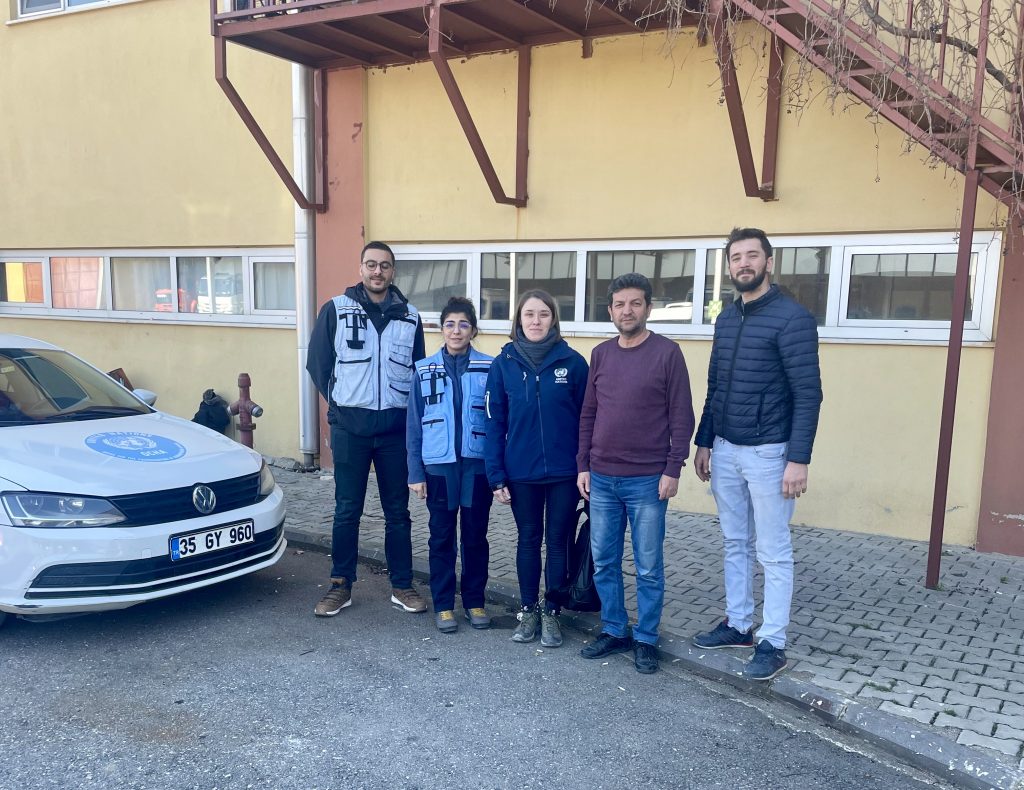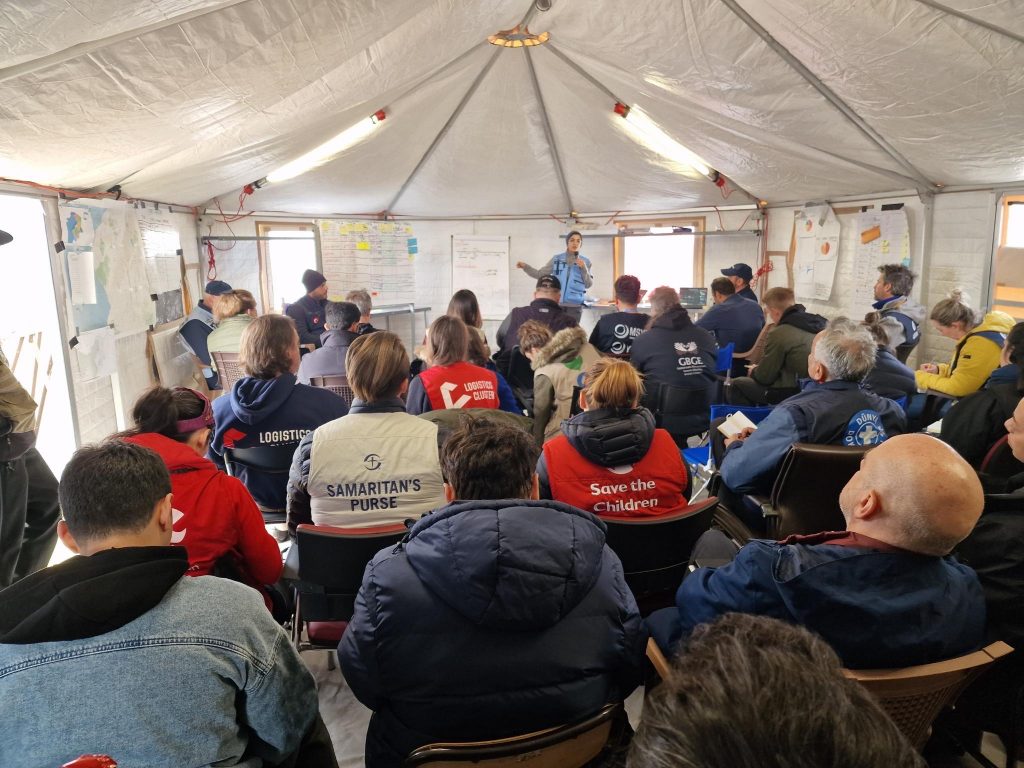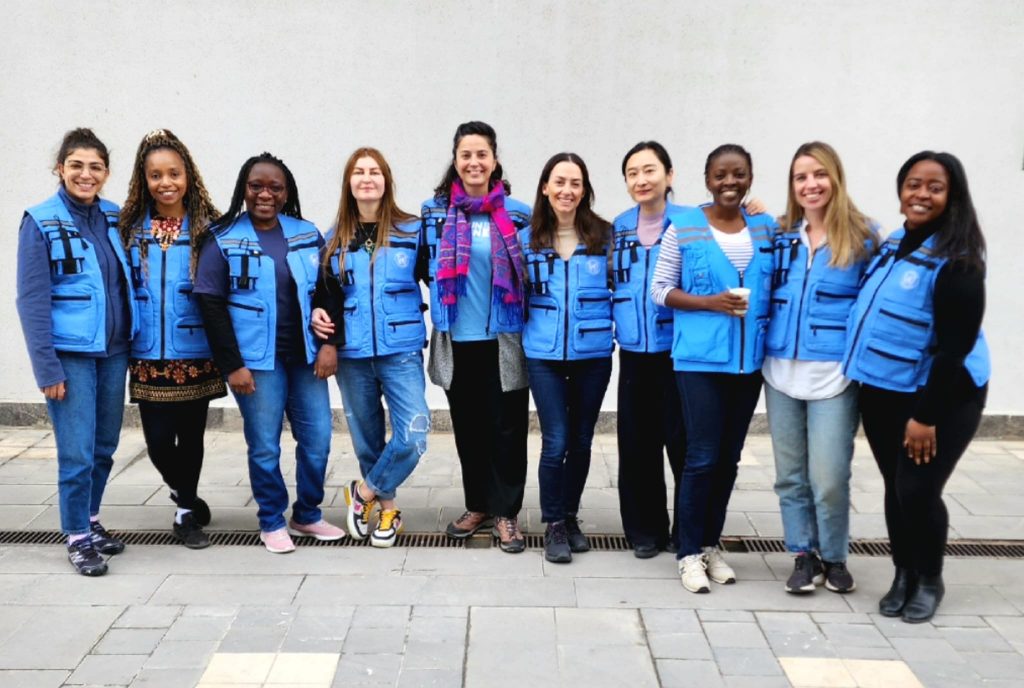Following the two devastating and historic earthquakes that shook the southern regions of Türkiye and northern Syria on February 6, 2023, iMMAP deployed IMO specialist Nour Khalil to UNDAC’s team in Gaziantep, Türkiye. The sheer amplitude of the disaster is unmatched in recent Turkish history: more than 45,000 people have been killed (AFAD, March 1), while close to 3 million people have been displaced (IOM, March 6) and 214,000 buildings have collapsed or have been heavily damaged according to figures communicated on March 3 by the Turkish government.
Also responsible for day-to-day M&E and Reporting for the iMMAP Global Surge team, Nour supported the relief efforts in designing time-sensitive assessments, contributing to complex data collection tasks and sharing her expertise on data analysis. Back from her one-month deployment (February 15-March 15), Nour describes in this interview the intricate challenges faced by the response teams in the field and chronicles the gigantic scale of the disaster.

